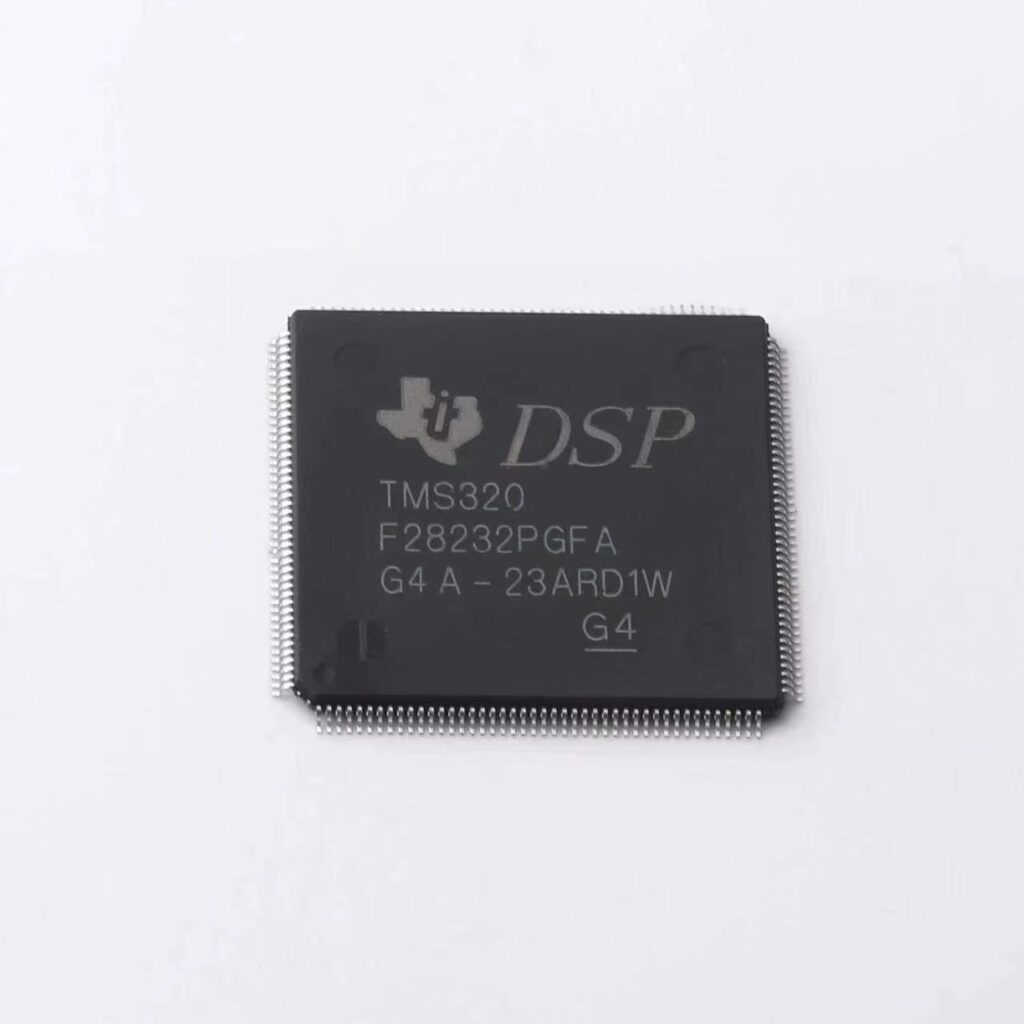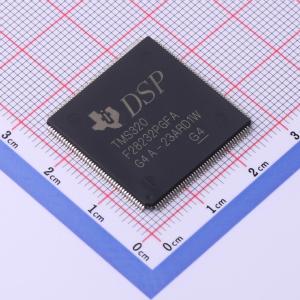Copy DSP MCU TMS320F28232PGFA Flash Memory Binary
Copy DSP MCU TMS320F28232PGFA Flash Memory Binary will be executed once the protective system of locked TMS320F28232PGFA microcontroller has been attacked, engineer can also copy automation printed circuit board gerber file and layout schematic on which TMS320F28232PGFA;

The TMS320F28232PGFA has a wide variety of clock sources and selection features to allow it to be used in a wide range of applications while maximizing performance and minimizing power consumption. Figure 3-1 illustrates a block diagram of the TMS320F28232PGFA clock sources.
Selectable system clock source between external or internal via software.
- Two-Speed Clock Start-up mode, which mini- mizes latency between external oscillator start-up and code execution.
Clock sources can be configured from external oscillators, quartz crystal resonators, ceramic resonators, and Resistor-Capacitor (RC) circuits. In addition, the system clock source can be configured from one of two internal oscillators which is important for cloning pcb board gerber file, with a choice of speeds selectable via software. Additional clock features include:
Fail-Safe Clock Monitor (FSCM) designed to detect a failure of the external clock source (LP, XT, HS, EC or RC modes) and switch to the Internal Oscillator.

The TMS320F28232PGFA can be configured in one of eight clock modes.
- EC – External clock with I/O on RA4.
- LP – Low gain Crystal or Ceramic Resonator Oscillator mode.
- XT – Medium gain Crystal or Ceramic Resona- tor Oscillator mode.
- HS – High gain Crystal or Ceramic Resonator mode.
- RC – External Resistor-Capacitor (RC) with FOSC/4 output on RA4.
- RCIO – External Resistor-Capacitor with I/O on RA4.
- INTRC – Internal oscillator with FOSC/4 output on RA4 and I/O on RA5.
- INTRCIO – Internal oscillator with I/O on RA4 and RA5.
Clock source modes are configured by the FOSC<2:0> bits in the Configuration Word register (see Section 11.0 “Special Features Of The CPU”). The internal clock can be generated by two oscillators. The HFINTOSC is a high-frequency calibrated oscillator. The LFINTOSC is a low-frequency uncalibrated oscillator.

